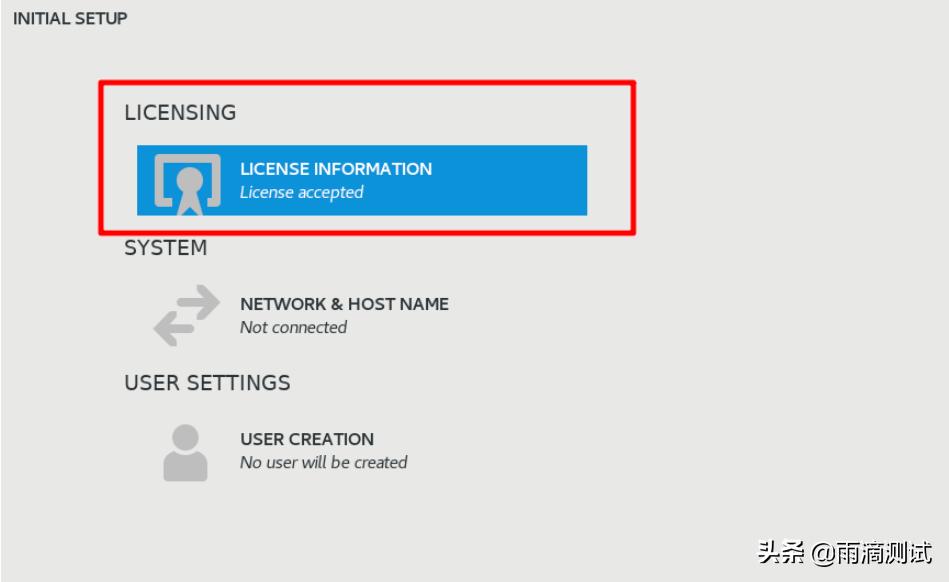前段时间有朋友问破解后的做缓冲区时总是失败缓冲区分析,想到做缓冲区分析应该并不复杂,之前就看到过这个工具在GIS分析方面的例子,所以查下相关资料,写一个入门的用进行缓冲区分析的小例子。
基本概念
缓冲区分析是根据指定的距离,在点、线、面几何对象周围建立一定宽度的区域的分析方法。
注意: and of in the plane
是在笛卡尔平面对几何对象进行操作和分析的工具包。它基于应用广泛的GEOS和JTS库。
is a BSD- for and of . It is based on the GEOS (the of ) and JTS (from which GEOS is ) .
用生成缓冲区时缓冲区分析,主要使用.(,…)语法。
在开始示例之前,先引入点线面类型。
from shapely.geometry import Point
from shapely.geometry import LineString
from shapely.geometry import MultiPolygon点缓冲区
# 定义两个点
point_1 = Point(1, 1)
point_2 = Point(2, 1.2)
# 两个点以指定的缓冲距离为半径生成圆形区域
a = point_1.buffer(2)
b = point_2.buffer(1.5)相交与合并操作
inter = a.intersection(b)
union = a.union(b)
bufferPlt(inter,union,'intersection','union')裁剪操作
diff1 = a.difference(b)
diff2 = b.difference(a)
bufferPlt(diff1,diff2,'difference(a-b)','difference(b-a)')线缓冲区
线的缓冲区是沿线对象的法线方向,分别向线对象的两侧平移一定的距离而得到两条线,并与在线端点处形成的光滑曲线(或平头)接合形成的封闭区域。
# 定义两条线段
line_1 = LineString([(0.1, 0.1), (2, 3)])
line_2 = LineString([(0.2, 0.4), (3.5, 2.5)])
# 生成缓冲区
a = line_1.buffer(0.5)
b = line_2.buffer(0.5)相交与合并操作
inter = a.intersection(b)
union = a.union(b)
bufferPlt(inter,union,'intersection','union')裁剪操作
diff = a.difference(b)
fig = pyplot.figure(1, figsize=(5,5),dpi=90)
ax = fig.add_subplot(111)
for polygon in diff:
patch = PolygonPatch(polygon, alpha=0.5, zorder=2)
ax.add_patch(patch)
x_a,y_a = a.boundary.xy
x_b,y_b = b.boundary.xy
ax.plot(x_a,y_a,'b')
ax.plot(x_b,y_b,'g')
ax.set_title('difference')面缓冲区
用生成面缓冲区的语法和点线类似,其实生成的点线缓冲区对象本身就是类型。
(完)
限时特惠:本站持续每日更新海量各大内部创业课程,一年会员仅需要98元,全站资源免费下载
<span style = "text-decoration:underline;color:#0000ff;">点击查看详情
站长微信:Jiucxh
声明:本站所有文章,如无特殊说明或标注,均为本站原创发布。任何个人或组织,在未征得本站同意时,禁止复制、盗用、采集、发布本站内容到任何网站、书籍等各类媒体平台。如若本站内容侵犯了原著者的合法权益,可联系我们进行处理。




